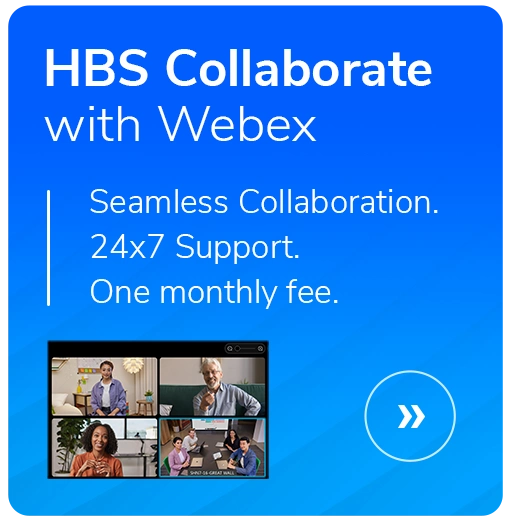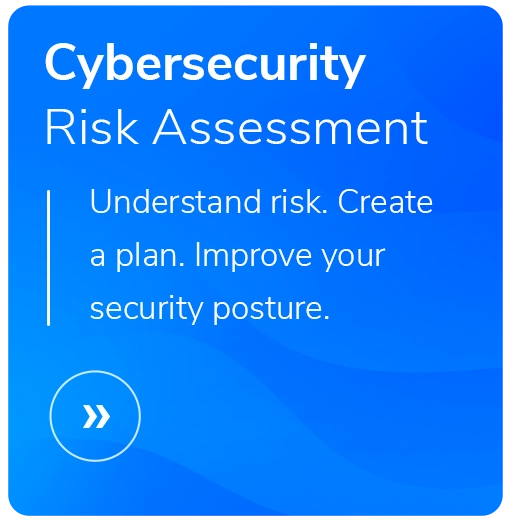IT Security Single Pane of Glass: Aspirational or Achievable?
- Updated: November 14, 2025
- Reading Time: 4 mins
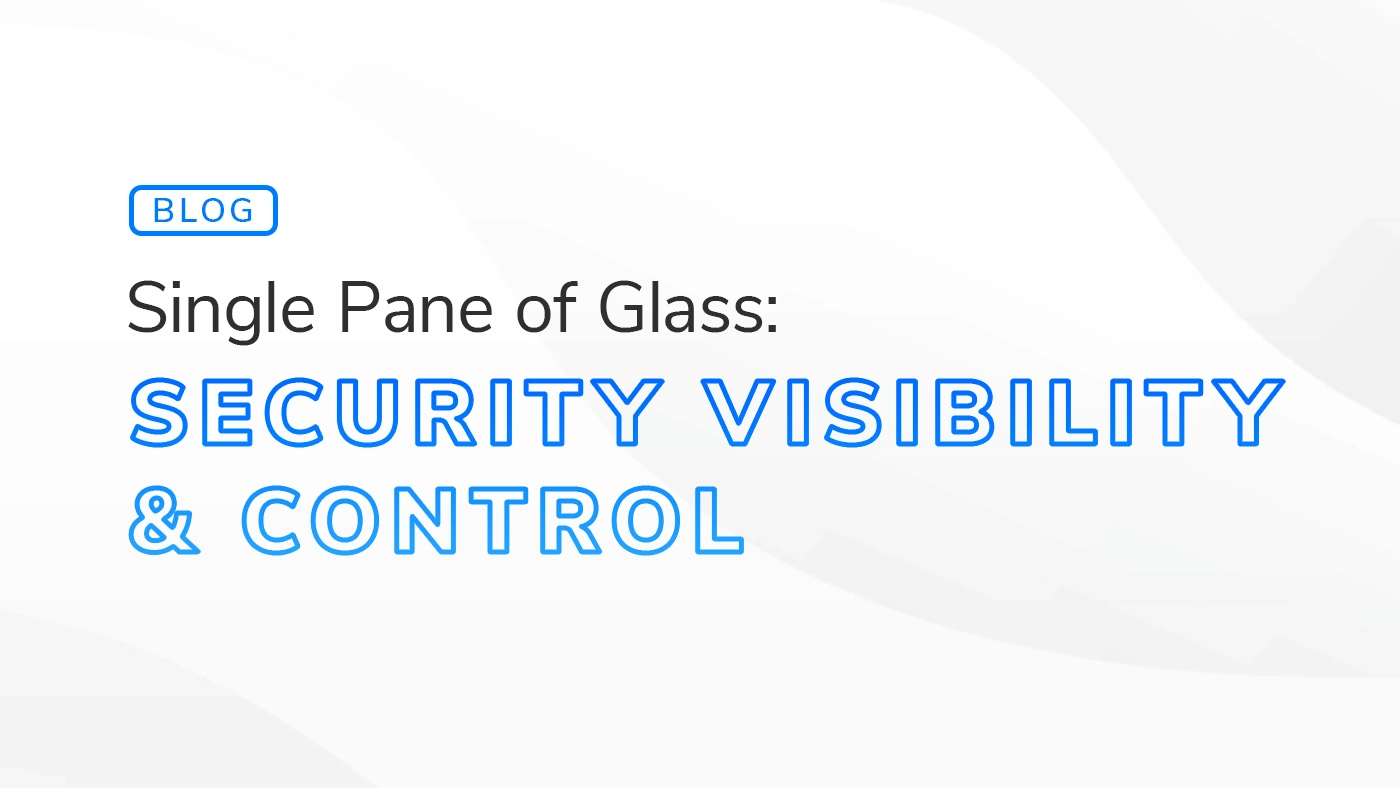
Security teams want one thing they rarely get: clarity.
Alerts come from everywhere. Tools don’t talk to each other. Dashboards multiply. Small issues slip through because everything feels urgent.
That’s why the idea of a single pane of glass still gets attention. One dashboard. One place to see what matters. One way to respond faster.
But is it possible?
Not perfectly.
Is it worth striving for?
Absolutely.
A single pane of glass (SPoG) shouldn’t be a destination, but rather the journey leads to better visibility, less noise and stronger security.
Below is a realistic look at what a SPoG is, what it solves, why it’s hard and how security leaders can move closer to it.
What a Single Pane of Glass Actually Means
A single pane of glass brings your most important security signals together so you see what’s happening across your environment without bouncing between tools.
A realistic SPoG ties together insights from things like:
- SIEM alerts
- Endpoint data
- Firewall and network activity
- Identity and access logs
- Cloud security signals
- Compliance and configuration insights
This gives teams one view to monitor threats, confirm configurations and ultimately, understand risk.
Not every tool. Not every signal. But enough to make smarter decisions, faster.

Why Do We All Still Chase a Single Pane of Glass?
Because fragmented visibility slows everything down.
- Visibility: You see issues earlier. You find blind spots faster.
- Speed: Teams triage and respond without jumping between consoles.
- Efficiency: Less tool switching means more time to focus on threats.
- Cost control: Fewer redundant tools and cleaner workflows reduce overhead.
- Better decisions: Leaders finally get a coherent picture of risk.
Why a Perfect Single Pane of Glass Doesn’t Exist…Yet
Security environments are messy by design.
Different vendors. Different data formats. Different priorities. And constant change.
A few reasons the “perfect” SPoG breaks down:
- Tool sprawl: Many organizations run 40–75+ security tools.
- Vendor lock-in: Not every vendor plays nicely with others.
- Different data schemas: Logs and telemetry don’t always correlate cleanly.
- Identity as the new perimeter: Identity signals span multiple systems.
- Cloud complexity: Multiple clouds, workloads, and shadow SaaS complicate visibility.
- Noise: When everything rolls into one dashboard, alert fatigue escalates.
So your aim is for the right visibility, not necessarily total visibility.
What “Good” Looks Like: A Realistic SPoG

The most effective unified views focus on the three pillars of modern security:
- Identity visibility: Who is accessing what, from where and under what conditions.
- Endpoint visibility: What devices are doing and whether they’re compromised.
- Cloud & network visibility: How workloads behave and whether traffic looks suspicious.
Platforms like SIEM and XDR help combine these signals into a central view.
Not perfect. Not all-encompassing. But powerful enough to improve detection and response.
A Simple Security Visibility Maturity Path
Level 1: Fragmented Security
Separate dashboards. Slow investigations. High noise.
Level 2: Partial Integration
Identity, endpoint and SIEM signals begin to correlate. Alerts get prioritized. Less noise.
Level 3: Unified Operations
Core tools feed one central platform. Threats correlate automatically. Analysts focus on actual risk, not chasing low-value alerts.
Most organizations sit between Levels 1 and 2. The goal should be steady movement toward Level 3.
5 Steps to Move Closer to a Single Pane of Glass
- Map your current tools. Know what you have, what overlaps and what’s missing.
- Prioritize visibility. Start with identity, endpoints, cloud activity and SIEM integrations.
- Choose interoperable platforms. Prefer tools with open APIs and native integrations.
- Cut noise. Use enrichment and automation to surface what actually matters.
- Review regularly. Visibility is never “done.” Your environment changes. Your tools should adjust with it.

How a Managed Security Partner Helps
You don’t need more tools. You need simpler ways to use the tools you already have.
A partner can give you:
- Proactive monitoring: Eyes on your environment day and night.
- Faster investigations: Analysts who know what to look for, and what to ignore.
- Noise reduction: Fewer false positives and clearer priorities.
- Tool consolidation: Help choosing and integrating platforms that work together.
- Scalable coverage: Expertise that grows with your environment.
You get a clearer view of your risk, without adding work to your team.
Goal ≠ Dashboard. Goal = Stronger Security Posture
The single pane of glass is not the finish line.
A mature, adaptable security posture is.
When you make visibility easier, cut noise and connect the right tools, you move closer to a security program that responds faster and protects better.
And each step toward unifying your view is a step toward fewer surprises, fewer distractions and fewer breaches.
Ready to Improve Your Security Visibility?
Whether you want tighter integrations, fewer tools, or a clearer understanding of your risk,
HBS helps organizations move toward a more unified and secure environment.
Want help reducing noise and improving visibility?
Related Content
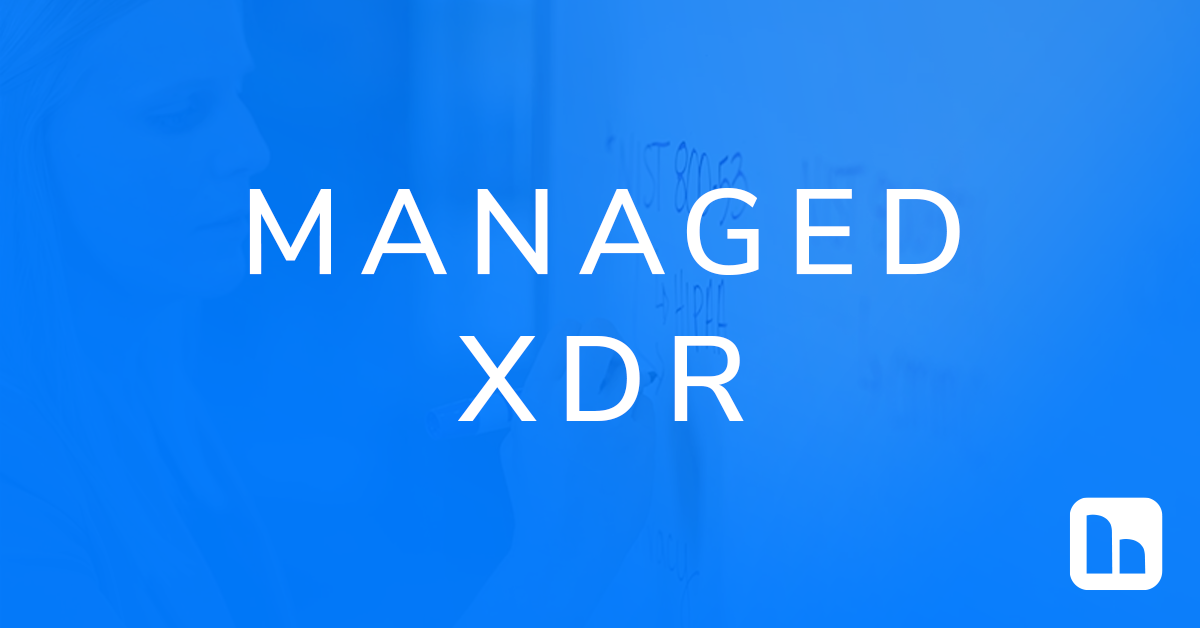
Managed XDR
Enhance security with Managed XDR from HBS: 24x7x365 SOC support, leveraging Microsoft Sentinel & Defender for proactive, adaptive threat defense and response.
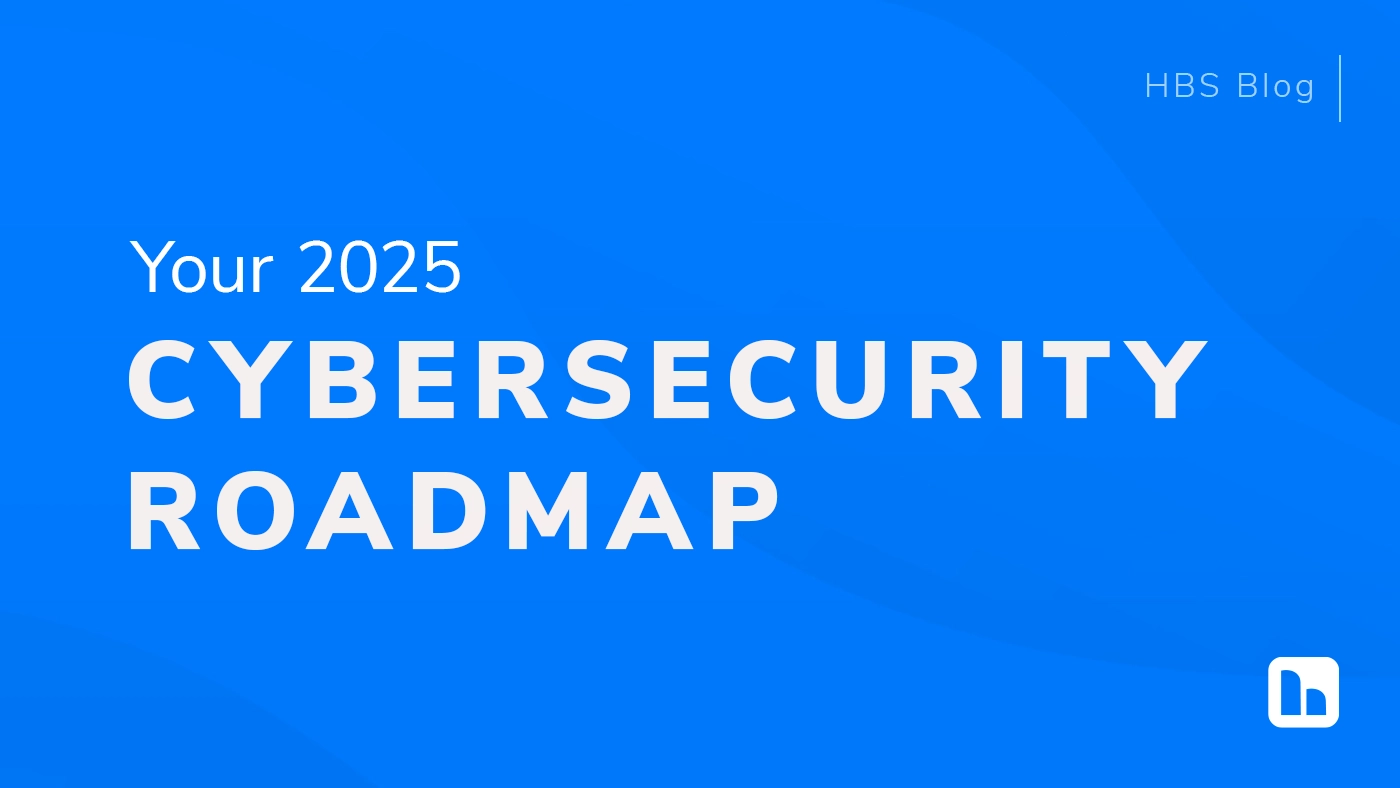
Your 2025 CISO Roadmap
Plan your organization’s cybersecurity for 2025 with an actionable roadmap. Quarterly milestones, best practices, and ongoing essentials to build resilience.
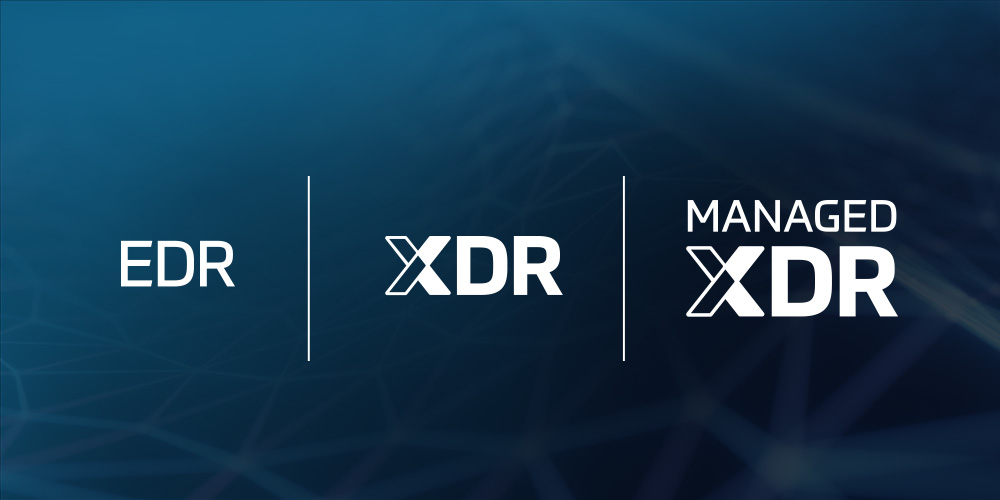
XDR, MDR and EDR: What’s the Difference?
Discover the key differences between XDR, MDR and EDR solutions so you can ensure that you’re using the right tools to secure your environment.



